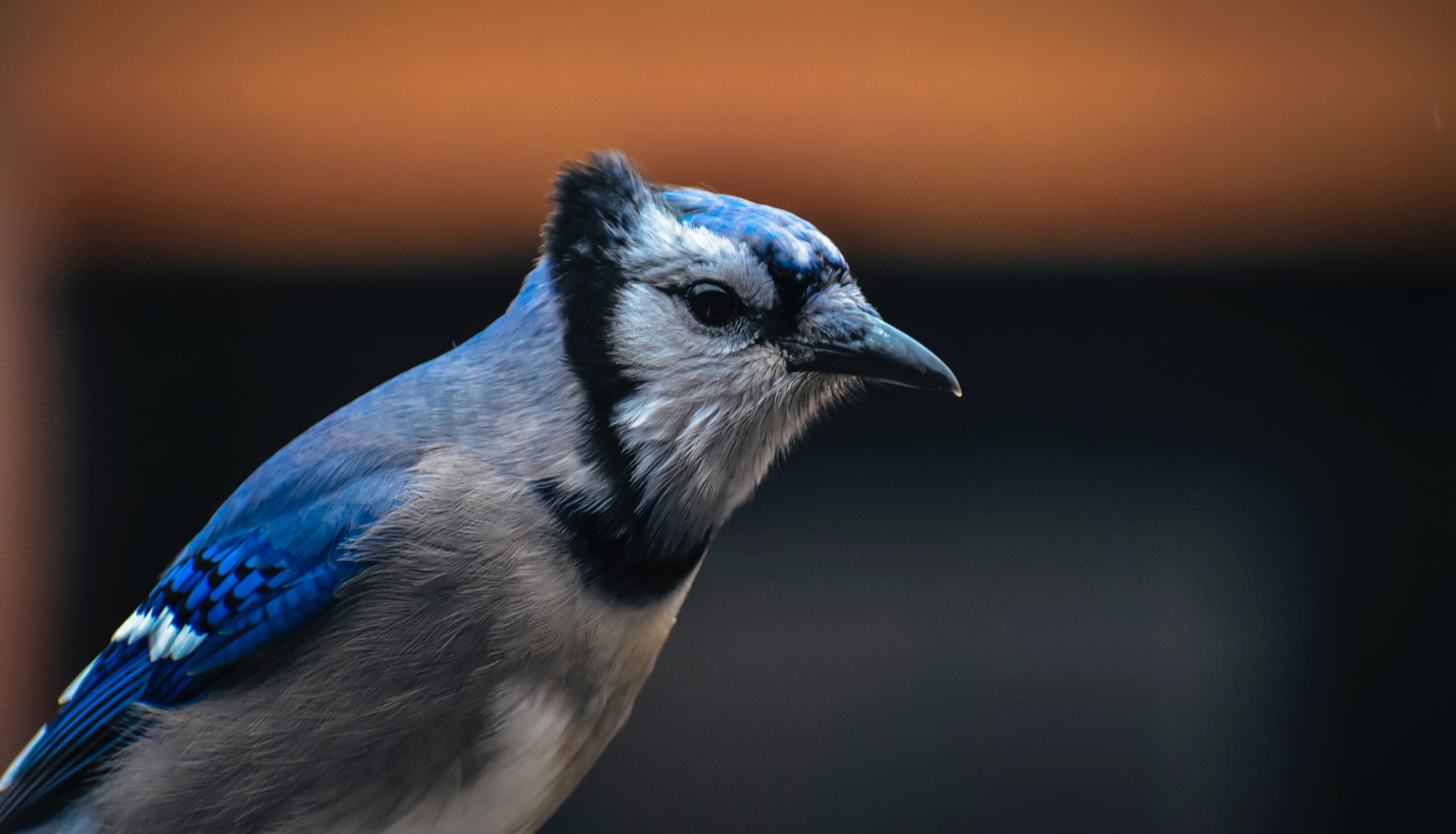Of blue jays and pin oaks: How jays have shaped our oak forests around the world

MACOMB, Ill. — We often spend more time inside looking outside during the Illinois winter. Perhaps one of the most popular activities for many of us is watching the birds. Gazing across my backyard this past winter, I learned something fascinating about the relationship between blue jays and oak trees.
My journey of observation began this past autumn. In our backyard stands a massive pin oak (Quercus palustris). This particular tree provides excellent shade, however, if I were to direct the shovels planting this tree 30 years ago, I may have suggested a bit farther away from the house. I’m not sure who is more guilty of clogging my gutters, the oaks or the maples. Both seem to be working together to keep me on the ladder at all times of the year. This past fall, our pin oak did something different. It had a mast year.
A mast is where a tree puts an enormous amount of energy into seed production. In the case of the oak, the seed is the acorn. The theory behind this is the idea of providing so much food for those animals eating the seed, there is no way all the acorns could be eaten, thus ensuring some offspring of the tree will survive.
What does a mast year mean for the pin oak in my backyard? Well, essentially a carpeting of acorns on the ground. The area beneath the tree is so full of acorns, the lawn is mostly smothered.
With all these acorns, it seems to make sense how widespread oak trees are around the planet. Of course, the tree can’t move its acorns far and wide. Something must be responsible for sowing oaks across the landscape. Some may credit squirrels for this enormous task, and they likely do their fair share of work, but the animal credited with oak dispersal planet-wide are the jays. For us here in Illinois specifically the blue jay.
This winter, blue jays swarmed the pin oak. Early in the fall, they would grab acorns and fly out of sight. During the winter, I observed blue jays pluck acorns from the ground and fly into the tree and peck away at the hard shell to get to the meat inside. Smaller birds waited below on the ground gobbling up any stray pieces of acorn meat falling from the sky. Both the cats and I were enchanted with the spectacle going on in the backyard.
While it may be new knowledge to me, this relationship between blue jays and oaks is already well-known. About mid-winter I sat in an online conference where keynote speaker Doug Tallamy, an entomologist with University of Delaware, described the multitude of benefits native trees, specifically oaks, to wildlife. He then brought up blue jays and acorns. Turns out jays and oaks are tied together all over the planet. In the fall, the blue jays in my yard were gathering acorns. They fill their beaks and fly to an isolated location to bury the acorn. If there so happens to be another blue jay nearby, the bird will continue to fly until there are no others to see where it caches its prize.
This chunk of knowledge has brought about a newfound appreciation for the blue jay. Hopefully, your winter brought discoveries of the natural world. Now I don’t know about you, but I think I’m ready to stop watching from the inside and get out there to do some work. Even as we toil in the yard this season, don’t forget to stop and observe the pageantry of the natural world around us.
In addition to acorns, blue jays will frequent tray or hopper feeders preferring sunflower seeds, peanuts, and suet.
Miss Clipping Out Stories to Save for Later?
Click the Purchase Story button below to order a print of this story. We will print it for you on matte photo paper to keep forever.

